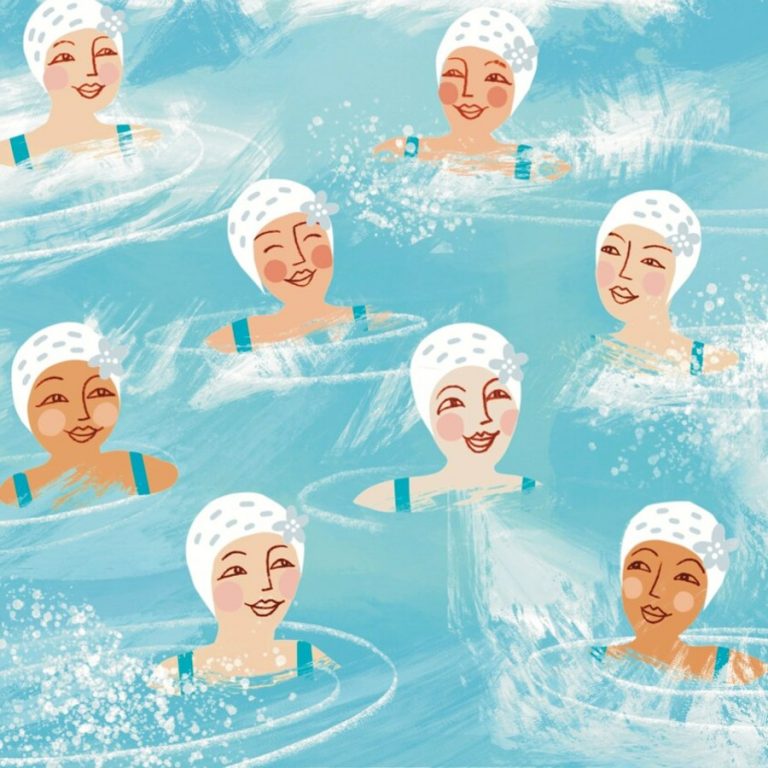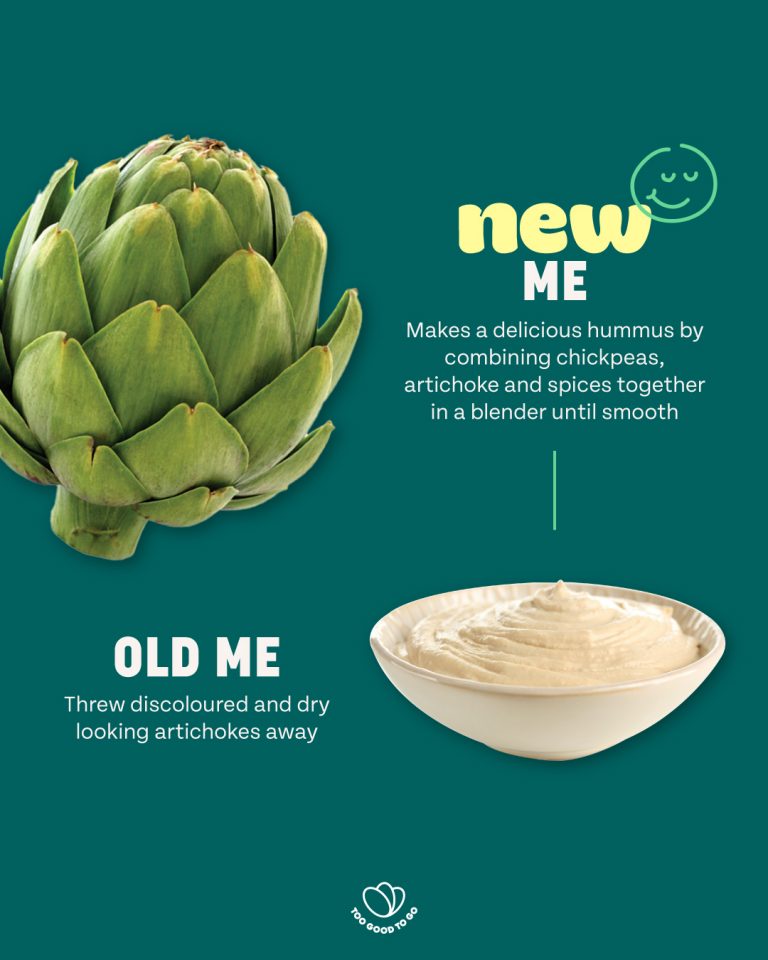
England’s lifeboat crews, mostly made up of dedicated volunteers, stand as the country’s safety net at sea. These men and women drop everything when the pager goes off, heading straight into rough weather and choppy waters to rescue those in trouble.
Their courage saves lives, yet their work depends almost entirely on public support. There are many ways, big and small, to help these remarkable people keep going strong.
Lifeboat volunteers rescue people and dogs, who get into difficulty in our seas. They ‘don’t do politics’ and are dismayed at those who say not to rescue refugees in the Channel. Lifeboat crews often witness upsetting scenes, and need support for good mental health.
Stormy weather and high tides can make their work more difficult, but so can people who don’t follow safety flag warnings. Read how to stay safe at the sea with dogs and how to stay safe near quicksand/sinking mud.
RNLI runs 238 lifeboat stations and 441 lifeboats in the fleet (including relief and hovercrafts). In 2023, their lifeguards covered 238 beaches and some of them are volunteers. They also saved 86 lives.
There are also a few other organisations dedicated to sea safety:
- HM Coastguard is the sea emergency service (call 999).
- NILA represents around 30 independent lifeboats.
- Royal Yachting Association has safety info for sustainable sailors.
- National Coastwatch provides a watch service for swimmers and boaters.
- Surf Life Saving GB trains lifeguards, if you see yourself as David Hasselhoff or Pamela Anderson!
- Home and Dry keeps fishing crews safe.
RNLI Tips for Sea Safety

- Visitor beaches monitored by RNLI, as experts can warn of incidents and dangers.
- Check tidal causeway times, to avoid you and cars getting stranded.
- Carry phones in waterproof pouches, to call 999 (or coastguard or 112 in Irish waters).
- Learn to swim (children can get free lessons). This prevents drowning on wild swims.
- If in trouble, tilt head back, submerge ears, use hands to stay afloat. Float to live. Call for help, or swim to safety.
A Few Famous Lifeboat Rescues

Henry Blogg was a quiet humble lifeboat volunteer, who never got over the tragedy of losing two young children.
He saved 873 lives (including many birds and a large dog from the sinking ship Monte Nevoso in 1932 – who he adopted and they became best friends). Cromer Museum (Norfolk) is mostly dedicated to him.

Bamburgh has a museum dedicated to Grace Darling, a 10-oar lifeboat built in 1865. Learn more at the direct website.
The boat was named after this young lass and her father, who rowed out in strong winds to rescue five survivors of a vessel that wrecked on the Farne Islands, while sailing from Hull to Dundee.
Half the ship sank in 15 minutes with many people (including children) dying. From the local lighthouse, Grace saw the wreck and spotted survivors on rocks.
She then helped her mother look after survivors, while her father and three other men rowed back to rescue more people.
Sadly, Grace died just four years later of TB (receiving the best medical care at Alnwick Castle, on instructions of the Duchess of Northumberland).
Tragic Incidents in South West England
In 1981, all 8 lifeboat volunteers died along with the crew of the vessel they were trying to save (which ran aground after seawater got into the fuel tank).
Today the village of Mousehole (Cornwall) has a local train, named after the boat’s crew. Within one day, local volunteers had formed a new lifeboat crew.
In 1916, an open row lifeboat capsized in Salcombe (Devon) and 13 of the 15 crew lost their lives. Immediately a new crew formed, which continues to this day.






